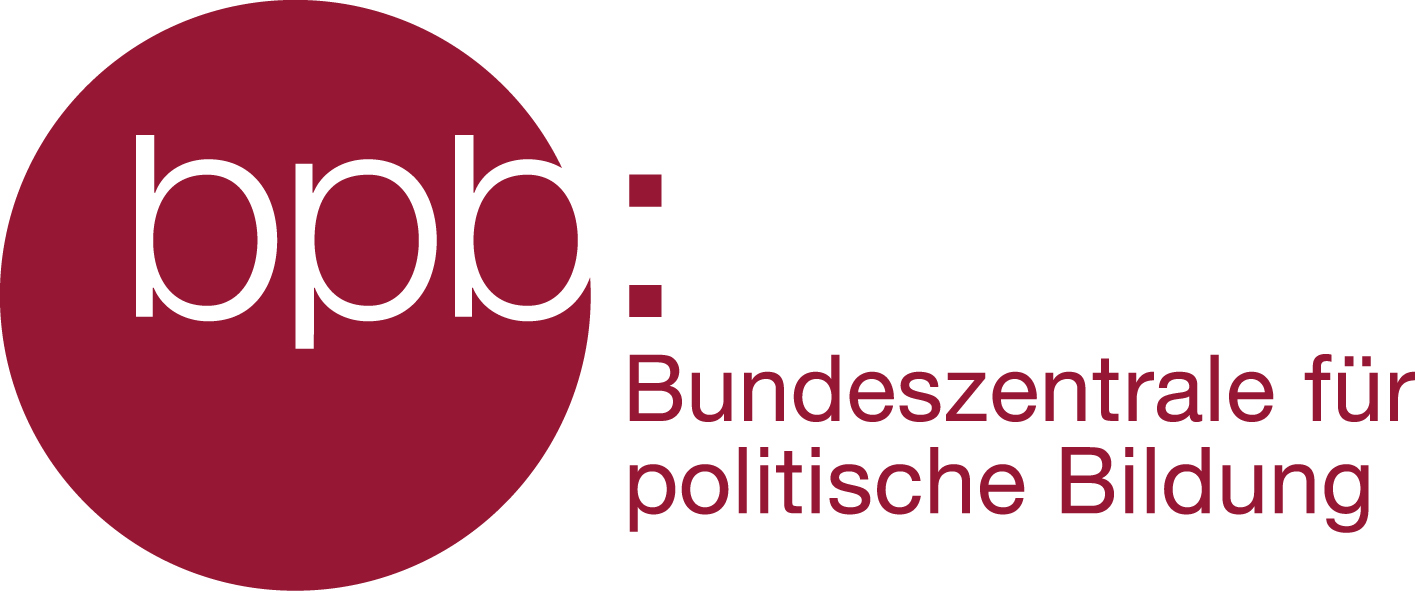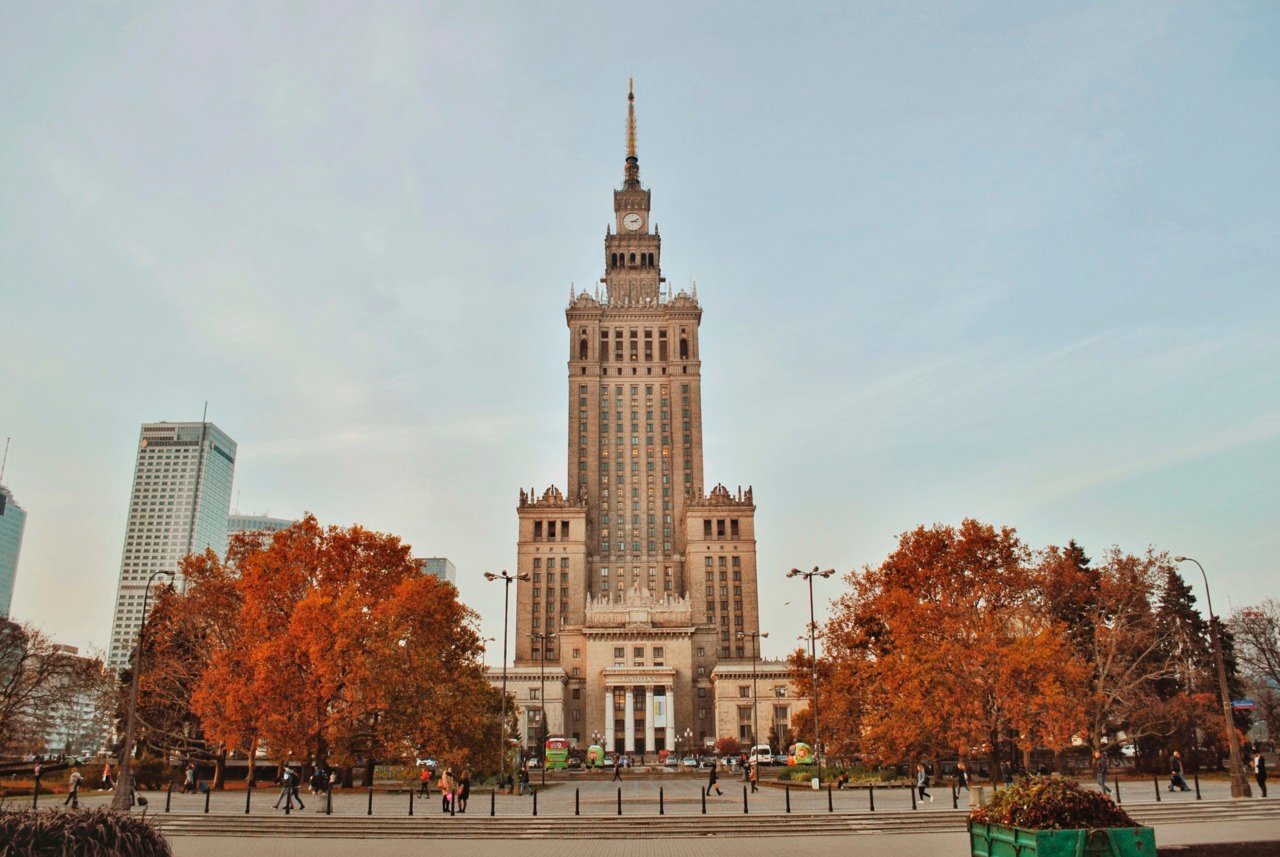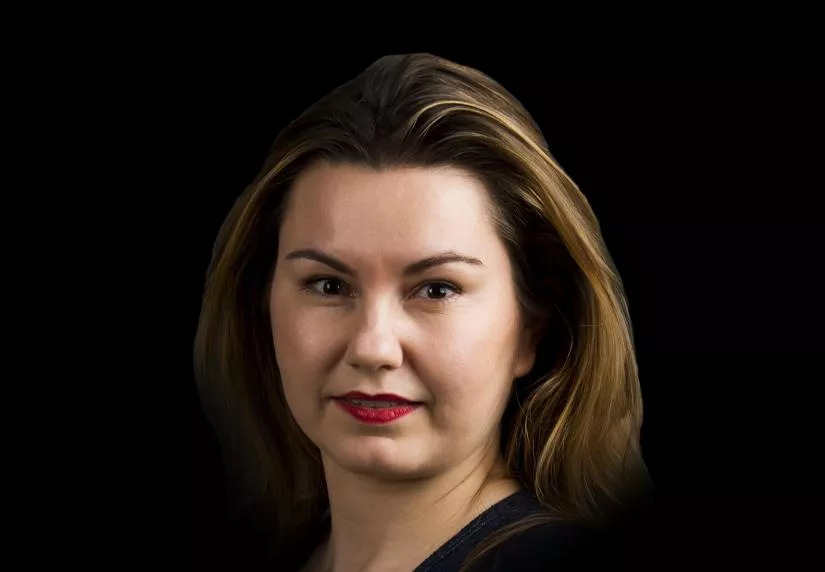Panel 2: The Warsaw Palace of Culture as an epicentre of urban transformation
{{ time.start_TS | TS2dateFormat('MMM') }}
{{ time.start_TS | TS2dateFormat('YYYY') }}
| free of charge |
| English + simultaneous translation English-German |
| Duration: 60 min |
| 14 years and older |
| Mechanical Arena in the Foyer |
| Belongs to: Post/Socialist Palaces |
Palaces of Culture featured prominently in the educational and cultural policies of socialist states. As places of encounter and education, of culture and sport, they were part of the social engineering practised by the state. At the same time, they were architectural icons of many Eastern, Central and Southern European capitals.
It is hard to find anyone in Warsaw who does not have a strong opinion about the Palace of Culture. Once a “gift” from Stalin, it has shaped the city’s skyline since the 1950s. Several times, there have been plans to demolish the giant complex of buildings, but it still dominates the city centre today. The Palace of Culture has variously housed a cinema, a theatre, restaurants, sports facilities, event halls and a swimming pool. From the refurbished observation deck overlooking the city, tourists now gaze up at glass skyscrapers of multinational corporations towering into the Warsaw sky. The building has long since become a “socialist enclave in a post-socialist city” (Michał Murawski), as Warsaw now has more shopping malls and gated communities than Berlin, with ever-rising property prices. In Warsaw, too, this is why people are discussing who the city really belongs to. In this panel, we will examine how local people are dealing with the legacy of the Palace of Culture – and what debates they are having about displacement and gentrification in a dynamic European capital.
Speakers
Dr. Michał Murawski, Associate Professor of Critical Area Studies, University College London
Martyna Obarska, Cultural Scientist, Faculty of Humanities, Department of Culture and Media, SWPS University, Warsaw.
Moderator
Emilia Smechowski, Editor-in-Chief, ZEITmagazin, Berlin
Dr. Michał Murawski is an anthropologist of architecture and cities. He is Associate Professor of Critical Area Studies at the School of Slavonic and East European Studies, University College London (UCL). His first book, The Palace Complex: A Stalinist Skyscraper, Capitalist Warsaw and a City Transfixed was published by Indiana University Press in 2019; and he is currently completing his second book, Recolonial Russia: Architecture, Ecology and Violence in Putin’s Paradise, forthcoming in 2025 with MIT Press. He is director of the FRINGE Centre for the Study of Social and Cultural Complexity at UCL; and co-convenor of PPV (Perverting the Power Vertical: Politics and Aesthetics), a seminar and events platform also based at UCL.
Martyna Obarska – Cultural Scientist, Faculty of Humanities, Department of Culture and Media, SWPS University, Warsaw. She researches, teaches and describes ( including in popular science form) how cities change and teaches humanities and design at SWPS Warsaw. Her work focuses on initiatives at the intersection of architecture, urban planning and social action emerging in Polish and international cities. Martyna Obarska is the leader of the Resilient City programme at the Centre for Climate Change and Sustainable Development and the SWPS University team preparing a new strategy for the city of Sopot. She is also deputy editor-in-chief of the city magazine “Magazyn Miasta” and co-founder of the SAS School of Community Architecture – a space for education and reflection on the role of social responsibility of the architectural profession.
Emilia Smechowski is the editor-in-chief at German ZEITmagazin, the magazine of the big German weekly DIE ZEIT. She was born in 1983 in Wejherowo/Poland und immigrated with her parents in 1988 to Berlin. She was an editor at taz, worked as a freelance reporter for ZEIT, Spiegel and Süddeutsche Zeitung. She works at ZEITmagazin since 2020. She has published two books, „Wir Strebermigranten“ (2017, Hanser Berlin) and „Rückkehr nach Polen“ (2019, Hanser Berlin), after living in Gdansk/Poland for a year with her daughter.
The series “Palaces for the People. Palaces of Culture in Eastern Europe Before and After 1989” is curated by the Bundeszentrale für politische Bildung



